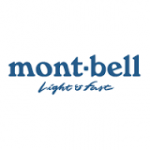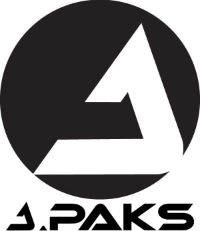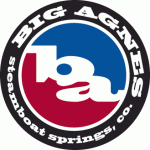No, this is not about the 70’s show “Three’s Company”. It’s about building a bikepacking system – one using gear from only three different companies.
Bikepacking allows riders the freedom to explore new areas and go deeper into trail systems. However, it also requires a minimum amount of gear to get started. This post will hopefully simplify that getting started process.
I still recommend starting with a backyard overnighter utilizing any existing camping gear or even borrowing camping gear from friends. If all works out well, and you’re ready to dive into bikepacking, what is the next step?
For me, I ended up going down the “gear research” rabbit hole, ending up with tabs upon tabs open in my browser. Analyzing weights of various tarps, checking wool vs. synthetic materials, and trying to find the smallest packable size takes a lot of time – time spent away from riding and bikepacking.
What follows is a “getting started” list of essential gear. To keep the list simple and not send more people down the rabbit hole of research, the list is limited to 3 quality companies (all three have a Colorado connection).
While compiling the list, I tried to find a balance between weight, packability, and cost. That’s not easy when dealing with a tent, sleeping bag, rain gear, and bike bags. The key is to view those items as investments in quality gear that will stand up to the elements for many years to come.
High quality bags handmade in Denver, Colorado. These are built to last! That’s the best way to describe J. Paks gear. When starting out, I would begin with the Seat Pak and an H-Bar Pak. Those two items have taken me over thousands of miles in all kinds of weather and they show no signs of wearing out – the buckles, zippers, and straps have survived through snow, mud, rain, and dust.
My recommendation would be to forgo the custom frame bag until you’re sure that bikepacking is for you, and also that you will keep the current bike you are riding.

The range of products at Mont-Bell is extensive. Their insulated and rain gear options can be mind-boggling, but I tried to select items that balance weight and price. I don’t have any direct experience with Mont-Bell rain gear, but I’m basing the recommendation based on my happiness with their other gear.
Even though the products listed are for men, Mont-Bell carries a full range of women’s gear that is comparable to the men’s product.
Rain Gear
Thunder Pass Jacket – Simple and waterproof. Just want you want in a rain jacket. If you’re willing to splurge, upgrading to higher end jacket is worth the money. When the weather turns nasty, having rain gear that performs well makes the difference between complete suffering misery and tolerable.
Rain Trekker Pants – Wearing rain pants while riding is one of my least favorite things. However, some form or rain pants are necessary. The articulated knees and ankle zips are helpful for cyclists.
Insulated jacket
U.L. Thermawrap – A very light synthetic jacket at a very reasonable price. John Abela at HikeLighter has a very detailed review of his long-term use of this jacket. When factoring in the low cost and low weight along with the performance, this jacket is a great option.
Sleeping bag
Perhaps no other item of gear is subject to personal preferences like a sleeping bag. What works for one person can be the completely wrong bag for another. Some campers sleep very warm, while other sleep exceptionally cold. Not to mention how much someone moves during the night.
With that being said, the Down Hugger 800 #5 provides a good 3-season bag that packs light and doesn’t break the bank. Rated to 40 degrees F, this bag can handle most weather situations if you sleep on the warmer side. If not, stepping up a notch to the Down Hugger #3 may be the way to go.
This is another Colorado company with a great selection of lightweight and reasonably priced tents, sleeping pads, and other gear.
Tent
Fly Creek UL 1 – My friend Nic travelled with this tent for well over 5000 miles along the Tour Divide, Colorado Trail, and winter bikepacking trips. It held up great in all conditions. A 2 pound double walled tent for $300 is a fantastic addition to any setup.
Sleeping pad
Q Core SLX – Not the lightest or the cheapest. I own the previous version of this pad and will never go back to a ultralight 3/4 length pad! At 1 pound, it provides a warm and comfortable night of sleep, which is the best complement one can make for a sleeping pad. After a good night’s sleep, the bike riding the following day is so much more enjoyable.
There you have it. A full set of bikepacking gear from only three companies. For most of the products, the manufacturers have more economical options if you’re looking for a lower total cost and are willing to carry a bit more weight.


